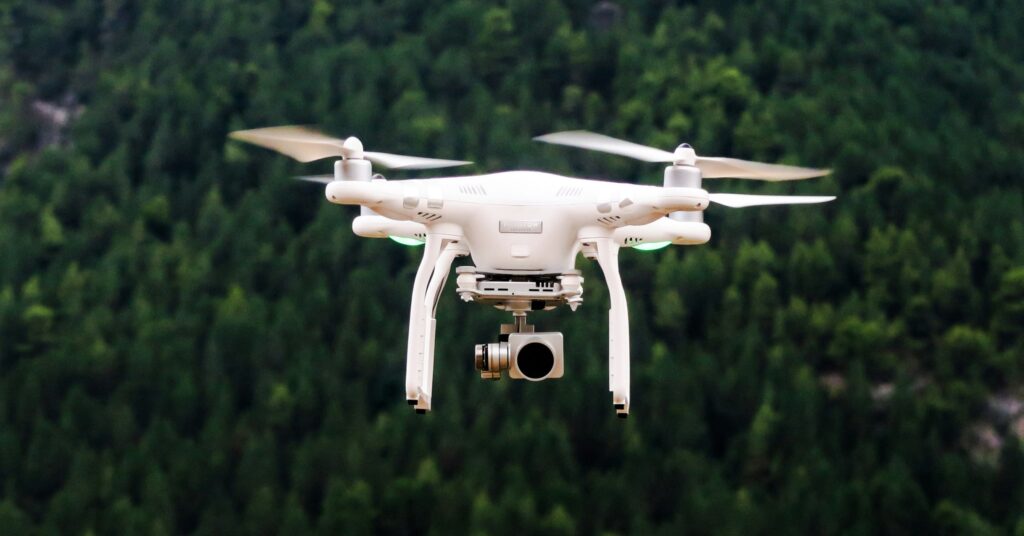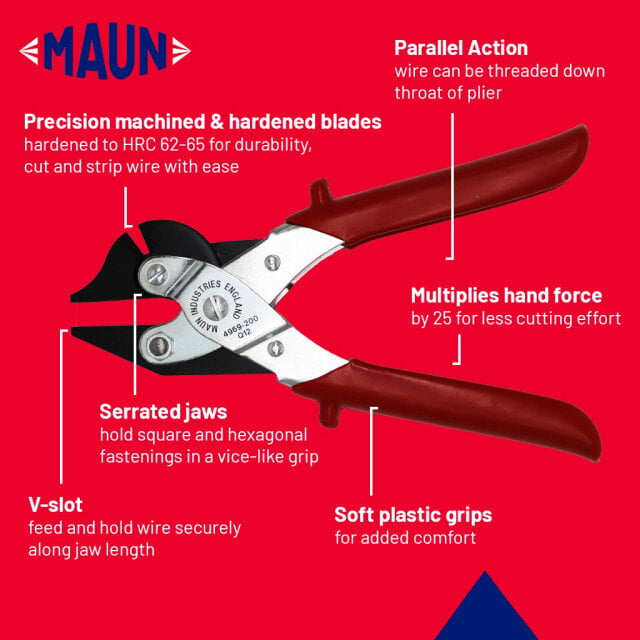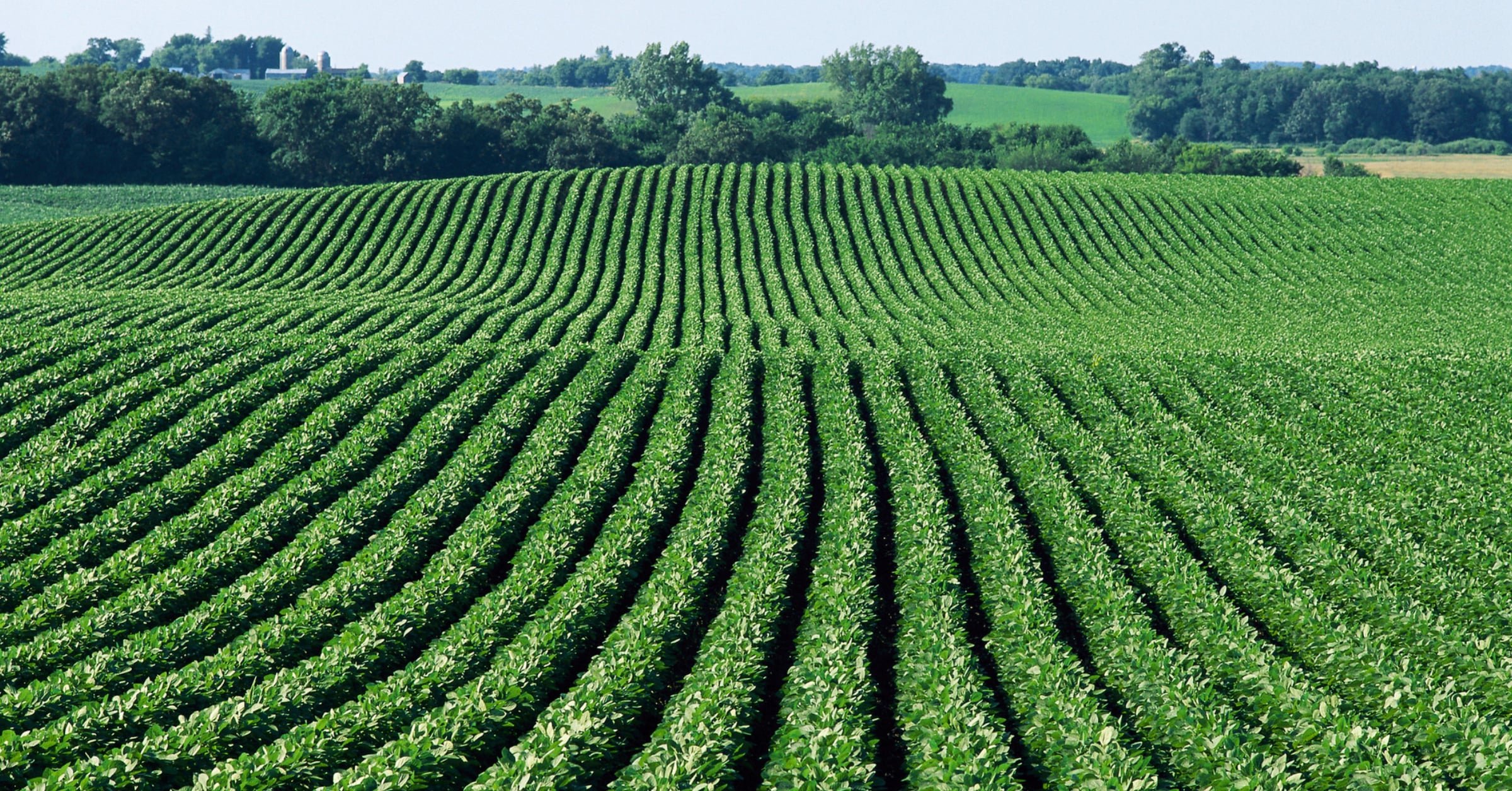Running a successful farm demands a blend of experience, dedication, and the right set of tools. With the correct equipment, tasks become more manageable, allowing for increased productivity and profitability.
Here’s a comprehensive look at the top tools every modern farmer should have in their arsenal, along with expert insights to elevate their farming operations.
Precision farming technology, like GPS-based guidance systems, offers unparalleled accuracy in planting, fertilizing, and harvesting.
1.Precision Agriculture Tools
These tools reduce waste, save time, and ensure optimal crop yields by targeting specific areas of the field. Advanced models integrate variable rate technology (VRT) which adjusts the amount of input materials in real-time based on field conditions.
Example: Implementing a GPS guidance system can cut fuel costs significantly by eliminating overlaps during planting and spraying. When combined with VRT, farmers can achieve a 15-20% increase in crop yield by ensuring each part of the field receives the precise amount of seeds and fertilizers.
2.Soil Sensors
Soil sensors provide critical data on moisture levels, temperature, and nutrient content.
This information helps farmers make informed decisions about irrigation and fertilization, ensuring crops receive exactly what they need when they need it.
Advanced soil sensors can even measure soil electrical conductivity, which is crucial for understanding soil texture and salinity.
Example: Using soil sensors, a farmer can avoid over-irrigation, which not only conserves water but also prevents root diseases. Additionally, data on soil electrical conductivity helps in identifying different soil zones, allowing for site-specific management and enhancing crop performance.
3. Automated Irrigation Systems
Automated irrigation systems deliver precise amounts of water to crops, reducing water waste and labor costs.
These systems can be programmed to operate at specific times or respond to soil moisture levels detected by sensors.
Modern systems are now integrating with weather forecasting services to adjust irrigation schedules based on predicted rainfall.
Example: An automated drip irrigation system can save hours of manual watering, allowing more time for other important farm tasks. With weather-integrated systems, a farmer can prevent over-irrigation by automatically adjusting the water schedule on rainy days, saving both water and money
4. Drones

Drones offer a bird’s-eye view of fields, providing valuable insights into crop health, pest issues, and irrigation needs. They can cover large areas quickly and efficiently, offering real-time data and high-resolution images (source).
Advanced drones equipped with multispectral sensors can identify plant stress before it becomes visible to the naked eye.
Example: A drone can spot areas of a field suffering from pest infestations long before they are visible from the ground, enabling early intervention. Multispectral imaging can detect nutrient deficiencies or disease outbreaks early, allowing for timely and targeted treatments.
5. Livestock Monitoring Systems
For those managing livestock, monitoring systems track animal health, movement, and behavior.
These systems can alert farmers to potential issues like illness or calving, improving animal welfare and productivity. Sophisticated systems use algorithms to predict health issues based on changes in behavior patterns.
Example: A livestock monitoring system can detect early signs of illness in cattle, allowing for prompt treatment and reducing the spread of disease. Predictive analytics can identify cows likely to experience birthing difficulties, enabling preemptive measures to ensure the health of both mother and calf
6. Electric Fencing

Electric fencing is a reliable and cost-effective way to manage livestock and protect crops from wildlife. It requires less maintenance than traditional fencing and can be easily adjusted to suit different needs.
Modern electric fences can be connected to smartphone apps for remote monitoring and control.

This fencing does still require some maintenance, and that’s where precision tools come in. Maun’s Fencing Pliers are an essential companion for any farmer using electric fencing. These versatile tools combine wire cutters and pliers all in one, making fence repairs and installations quicker and more efficient. Known for their durability and ergonomic design, they handle the rigors of farm work with ease. You can see the pliers here.
Example: Installing electric fencing around a vegetable garden can keep deer and other pests at bay without harming them.
Smart electric fences notify farmers via their phones if there is a breach or if the voltage drops, ensuring constant protection without the need for regular manual checks.
When a section of electric fence was damaged by a fallen branch, Maun’s Fencing Pliers allowed for a swift repair. Their ability to cut through tough wire and securely twist it into place saved both time and frustration, ensuring livestock stayed safely contained.
7.Farm Management Software
Farm management software helps farmers plan, monitor, and analyze all aspects of their operations. These platforms can track expenses, manage crop schedules, and even provide predictive analytics for better decision-making.
Advanced software solutions integrate with other technologies like drones and sensors for a holistic view of farm operations.
Example: Using farm management software, a farmer can predict yield outcomes based on current weather patterns and historical data, optimizing harvest times. Integration with sensor data provides real-time insights into soil health and crop conditions, allowing for proactive management.
8. Compact Tractors
Compact tractors are versatile machines capable of performing a variety of tasks, from plowing fields to hauling materials. They are ideal for smaller farms or specific tasks where larger tractors would be impractical.
Modern compact tractors come with a range of attachments and implements, enhancing their utility.
Example: A compact tractor equipped with a front loader can easily move heavy loads of manure or feed, saving considerable manual effort. With attachments like rotary tillers or mowers, these tractors can perform multiple functions, reducing the need for additional machinery and cutting overall costs.
9. Post-Harvest Processing Equipment
Post-harvest processing equipment, such as grain dryers and storage solutions, ensures that crops are preserved correctly, maintaining their quality and market value. Efficient processing can reduce spoilage and loss.
Advanced systems include automated grain handling and monitoring to optimize storage conditions.
Example: Investing in a grain dryer can extend the storage life of harvested grain, allowing it to be sold when market prices are higher. Automated grain handling systems monitor temperature and humidity levels, ensuring optimal storage conditions and preventing spoilage.
10. Renewable Energy Solutions
Solar panels and wind turbines provide sustainable energy sources for farms, reducing reliance on traditional power grids and lowering energy costs.
These solutions also contribute to the farm’s environmental sustainability. Innovations like solar-powered water pumps and wind-powered ventilation systems enhance farm operations.
Example: Installing solar panels on a barn roof can provide enough energy to power irrigation systems and reduce electricity bills significantly. Solar-powered water pumps ensure a reliable water supply even in remote areas, while wind-powered ventilation systems improve air quality in livestock barns, promoting animal health. By integrating these advanced tools into daily operations, farmers can enhance efficiency,boost productivity, and ensure a sustainable future for their farms.



